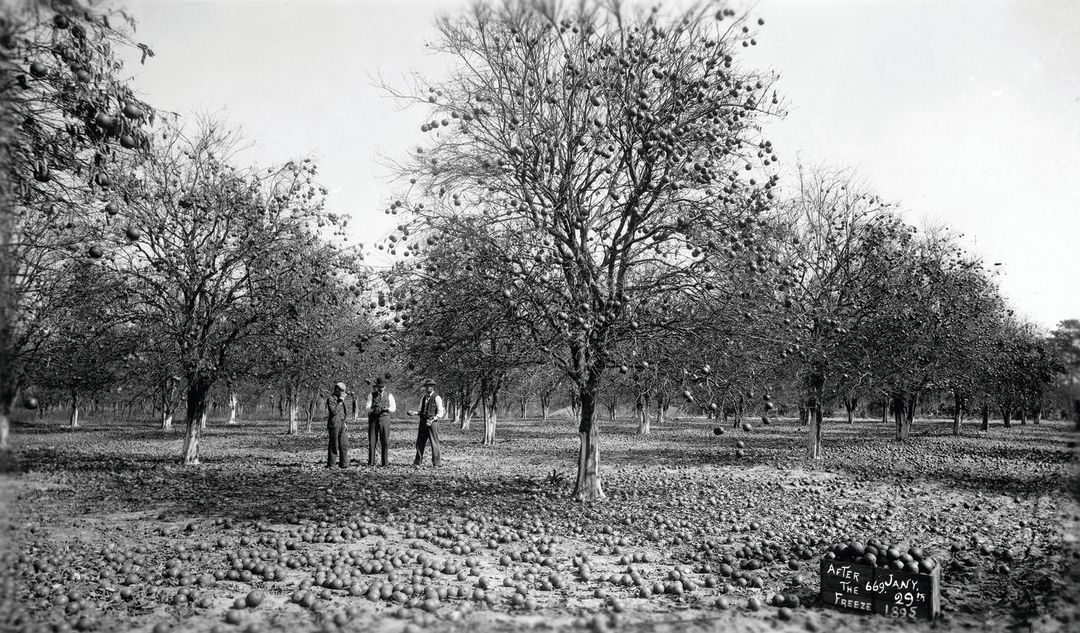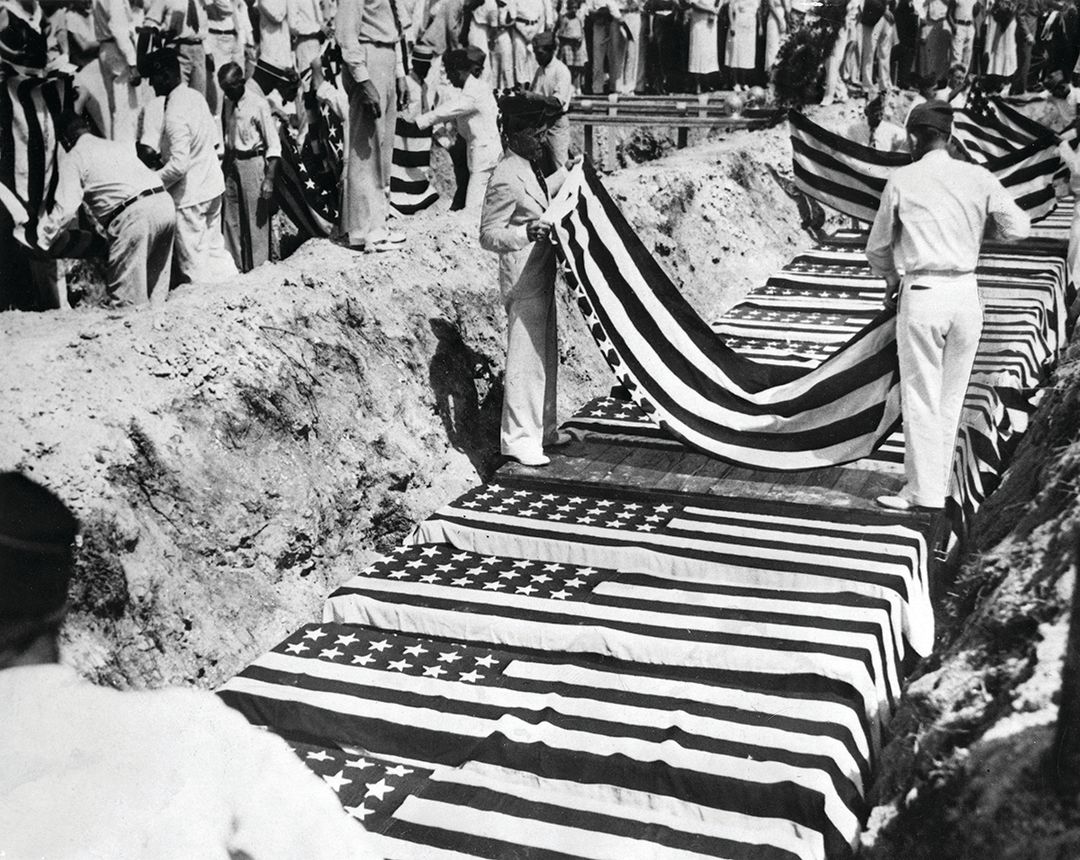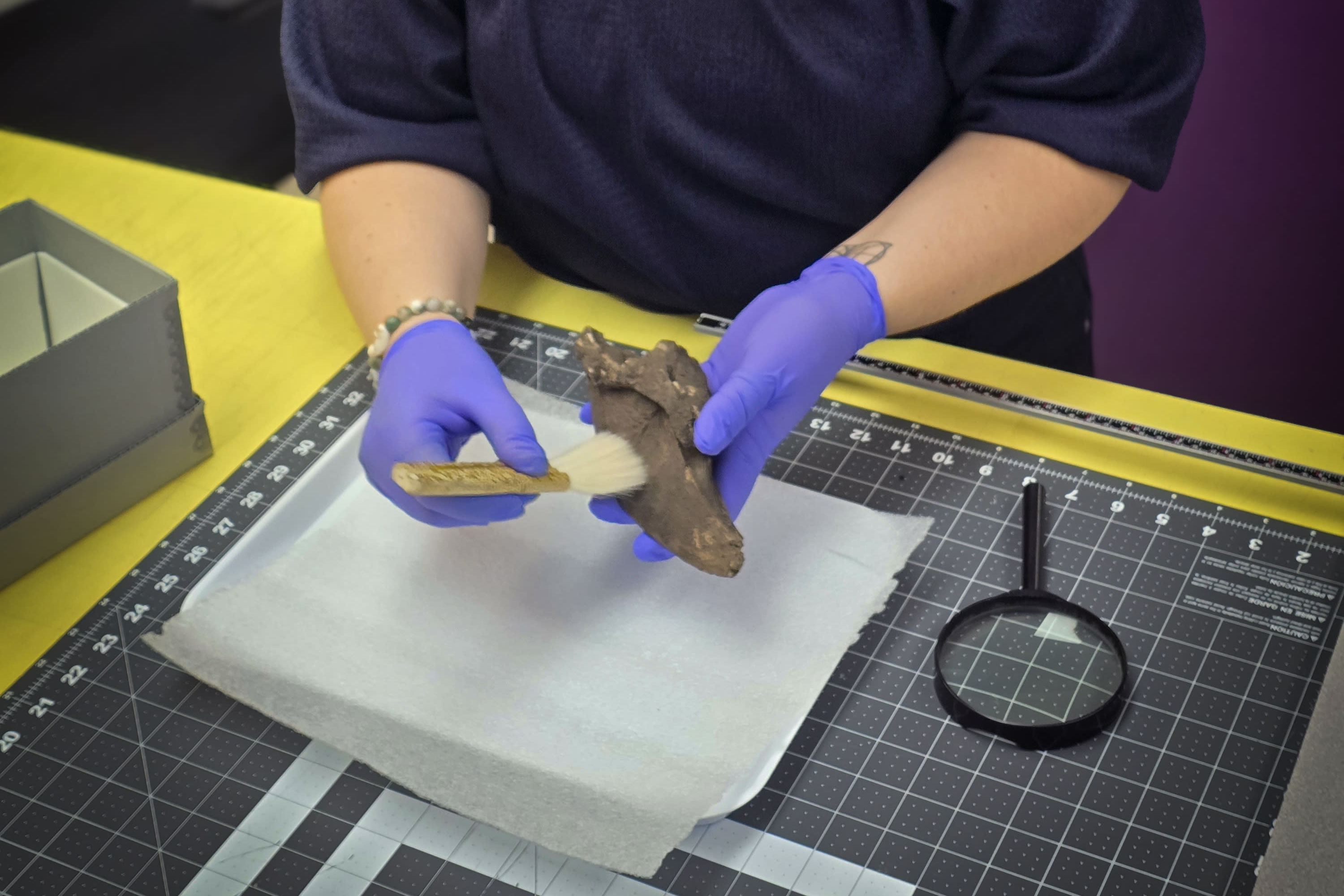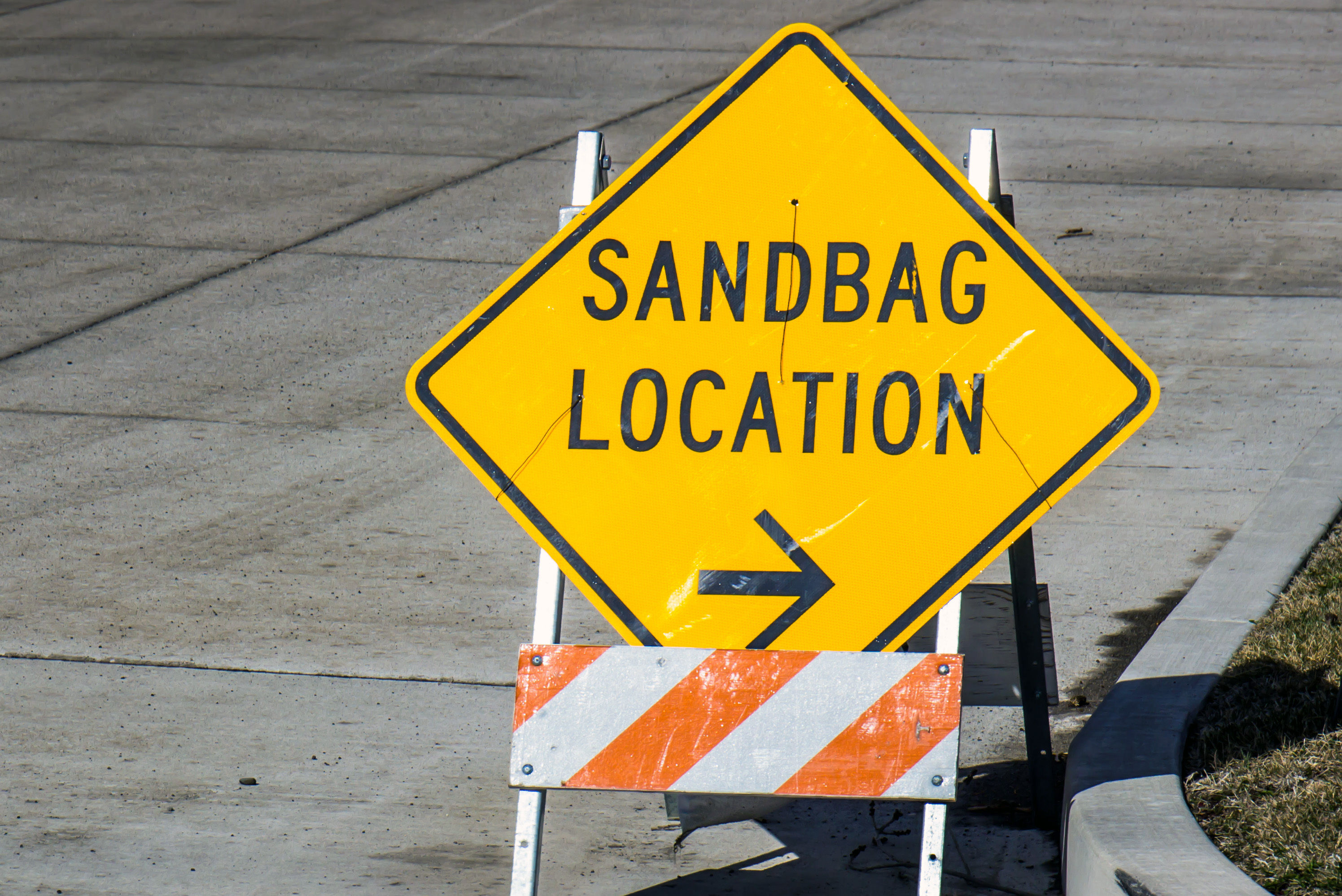A Historian Looks Back at Transformative Florida Weather Events

The aftermath of Hurricane Donna
Image: State Archives of Florida
In other parts of the country, great weather events are associated with blizzards, floods and heat waves. In the Sunshine State, epic hurricanes and killer freezes have wrecked economies and changed the landscape. Here are some that stand out in history.
Hurricanes of 1846 and 1848
In 1846, a hurricane known as the Havana Hurricane struck lower Tampa Bay, pummeling the frontier plantations along the Gulf Coast. The storm was so powerful it emptied the Manatee River into the Gulf. Old-timers swore that daring young men rode horses across the dry river bed.
A Tampa resident stationed at Fort Brooke described the hurricane of 1848, one of the most powerful storms ever to land on the Gulf Coast. On Sept. 23 and 24, he wrote, the skies became “overclouded, sultry, peculiarly oppressive. On Monday morning, Sept. 25, he wrote, a howling wind thrashed the bay. Rising waters soon flooded all the streets. The Hillsborough River rose “until only the treetops were visible far north of the village.”
The unnamed hurricane—hurricanes acquired names only in 1953—destroyed the fledging village of Tampa and Fort Brooke. “What a scene of destruction Tampa is, there are but five habitable houses,” wrote resident Julia Axtell. “The water rose 12 feet higher than it has ever been known to rise before. The row on which we lived . . . all gone! . . . . Tampa is no more.”
The hurricane of 1848 also scoured Sarasota Bay. When pioneer William Whitaker surveyed the damage to his Longboat Key property, he saw the storm had cut a new channel from the bay to the Gulf, which became known as New Pass.

Image: State Archives of Florida
The Great Freeze of 1895
If cotton was King of the Old South, the orange became the symbol of Florida, the product of a prosperous North and Central Florida industry. An early freeze that blasted Florida in December 1894 was historic but not ruinous. Therapeutic warmth followed, prompting groves to begin recovery. Then a second and more devastating freeze raked Florida in February.
Temperatures plunged to 23 degrees in Manatee and 30 degrees in Fort Myers. A Jacksonville newspaper announced, “Dead, Everything Is Dead.” The freeze brought ruin to many growers, but it encouraged the development of groves south of Tampa Bay, since groves planted near the water had escaped damage.

Image: State Archives of Florida
Labor Day Hurricane of 1935
In the late summer of 1935, hundreds of World War I veterans were working on a new highway cutting through the Florida Keys. The veterans of the Great War had been promised a cash bonus, but thanks to the Great Depression, they were instead provided federal work in the Keys. Many lived aboard railway cars scattered between Marathon and Islamorada.
With little warning, one of the century’s most ferocious storms smacked into the Keys, washing the railcars into the sea and killing hundreds. “Who murdered the vets?” wrote Ernest Hemingway, adding that “wealthy people, yachtsmen, fishermen, and presidents do not come to the Florida Keys in hurricane months.”
Hurricane Donna, 1960
After smashing through Marathon Key in early September 1960, Hurricane Donna went on to hit Everglades City and Naples. Everglades City, the county seat of Collier County, was so damaged that the county seat was shifted to Naples, which in 1960 boasted a population of 4,656, up from its 1950 mark of 1,465 people.
Hurricane Donna turned north, striking Fort Myers before veering to the northeast. It destroyed much of the citrus crop, but its major consequence was sparking an economic and population boom, as developers rushed in to purchase many of the quaint and now battered wooden beach houses along the Gulf coast and created condominiums and housing developments in their place.
The 1980s Freezes
During the 1980s, the state had no major hurricanes, but four severe freezes devastated grove lands north of Interstate 4, driving the industry to Hendry, DeSoto, Hardee and Collier counties. The freezes coincided with dramatic population growth, and many groves were bulldozed by developers. Today, housing tracts have replaced the once iconic groves in Central Florida. Atop the Citrus Tower in Clermont, one could see—and smell—millions of Valencias and Temples. Now only an occasional backyard orange tree grows.
Hurricane Charley, 2004
By the new millennium, millions of Floridians lived along the Gulf coast. The last hurricane to hit the region was in 1921, and many residents had come to ignore hurricane warnings. On Aug. 12, 2004, meteorologists predicted that Hurricane Charley was headed toward the mouth of Tampa Bay. Instead, Charley veered right at the last minute and hit Charlotte County. Much of Punta Gorda was leveled; and Arcadia and even Orlando suffered massive damage as the storm marched north. The 2004 Atlantic hurricane season would become one of the costliest and deadliest ever, with a record four hurricanes—Charley, Ivan, Frances and Jeanne—striking Florida. Although the state’s death toll was low, the property and psychic damage was enormous.
Gary R. Mormino, professor emeritus of history at USF St. Petersburg, has written numerous books, most recently the prize-winning Land of Sunshine, State of Dreams: The Social History of Modern Florida. He is finishing a sequel.



